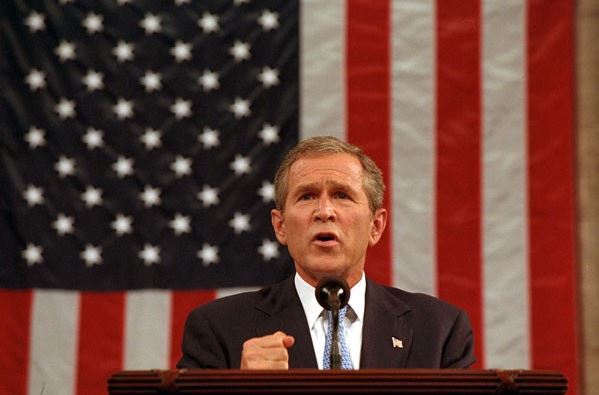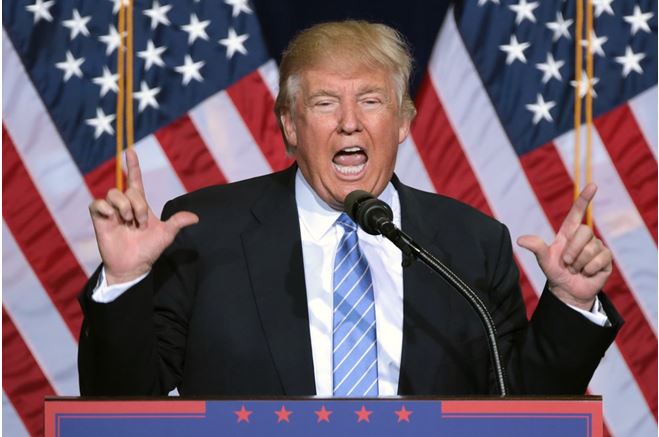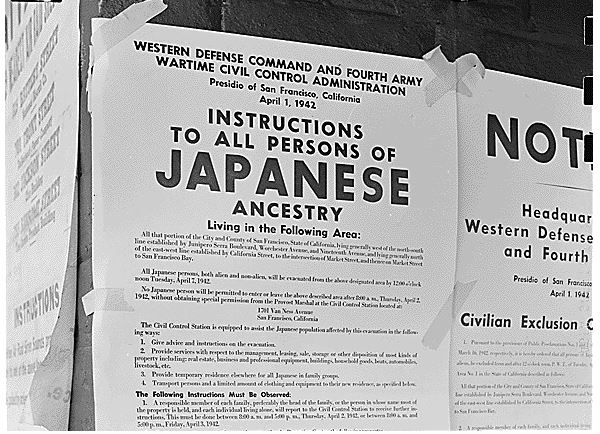by Madison Creery (2017 BS International Relations and BA Political Science)
For all the students who are graduating, a moment to reflect on all that the Iowa experience as brought us:
When we started our Iowa journey, the greatest struggles in our lives were finding out where our classes were (apparently not all of them are on the Pentacrest), making friends the old fashioned way (college students are way too broke to pay for them), and trying to keep our breathing under control after climbing “the hill” by the IMU. When we finally made it to senior year, we were seasoned warriors, able to write a 10-page paper in a single night…with only two thoughts of dropping out. As seniors, we tried our best to bestow our wealth of knowledge on those younger, more naïve than us. Yet, when we saw high school tour groups, our looks of sleep-deprivation and silent pleas for help did not seem to deter them.
As seniors, we have endured the awkward, first day of class icebreakers, where we would rather chew off our left arm than tell the class our major, year in school, and hometown. We survived this year’s election, where the true winner was the Obama and Joe Biden memes. We’ve also wasted hours getting lost on the wrong cambus: Remember, “Blue to Burge,” “Red to Rienow.” As seniors, we have suffered through group projects (the reason we have trust issues), residence halls, and dreaded 8 AM classes.
To make it through college, we’ve each adopted our own coping technique. Some take well-deserved Netflix breaks after studying for five minutes. Others have adopted the Star Wars chant: “I am one with the Force. The Force is with me. I am one with the Force. The Force is with me.” We have become the class that avoids face-to-face conversations, but can speak fluently in memes. We are the class that can walk confidently in front of a cambus without flinching, but will forever be heartbroken over the death of a gorilla. Rest in peace, Harambe. Despite our best efforts to stay young and carefree, at some point in our four-year span, we grew up.
We became a member of the Hawkeye family, taking part in campus traditions and memories that will be with us for a lifetime. Though it may not seem like it now, we’re going to miss our time here at Iowa. Storming the field after beating Michigan, yelling “On Iowa!” and always getting a “Go Hawks!” response, and the student discounts at downtown restaurants. We’ll miss Chuck’s “Big Turkey Legs!” at home football games, as well as sitting in the student section (where no one ever sits). Although some may say that college being the best years of our lives is simply an “alternative fact” . . . there is truth to that.
The University of Iowa has helped educate a class with ambitions to change the world. While some of us are going off to graduate school, the workforce, to serve our nation, or to take time to discover themselves, we’ll always have Iowa to come back to. The Giant Sloth at the museum, the Nile Kinnick statue, and Black and Gold Fridays will be here for us (and we can always get a freshman to let us use a guest swipe to eat in the dining hall again – admit it, you miss Burge). Remember, once a Hawkeye, always a Hawkeye. There are many memories we have made here, with our professors, with our classmates, and especially with our friends. If you are to take anything away from your Iowa experience, it’s this: “You are braver than you believe, stronger than you seem, and smarter than you think.”
Once graduation is done, and our tassels make their way to the other side, we’ll finally be alumni of the University of Iowa. Even Ashton Kutcher didn’t do that! Yet, he is now ridiculously successful . . ., famous . . ., and rich. You know what? Why did we finish college?
Okay, that’s beside the point . . . before we graduate and head off in our own directions on the next step of our lives, we need to take these last few moments remaining to us to remember just what we have accomplished, what we have learned, what we have survived . . . and what we will never forget. We will always be an Iowa Hawkeye.
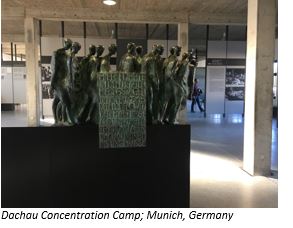

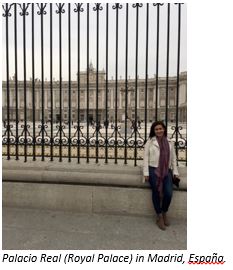
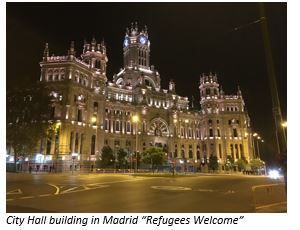


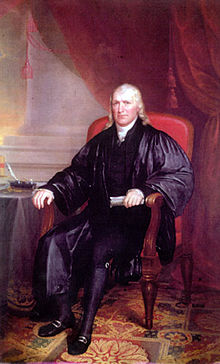 (Associate Justice Samuel Chase)
(Associate Justice Samuel Chase)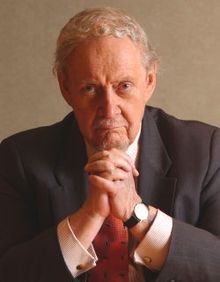 (Robert Bork)
(Robert Bork)
